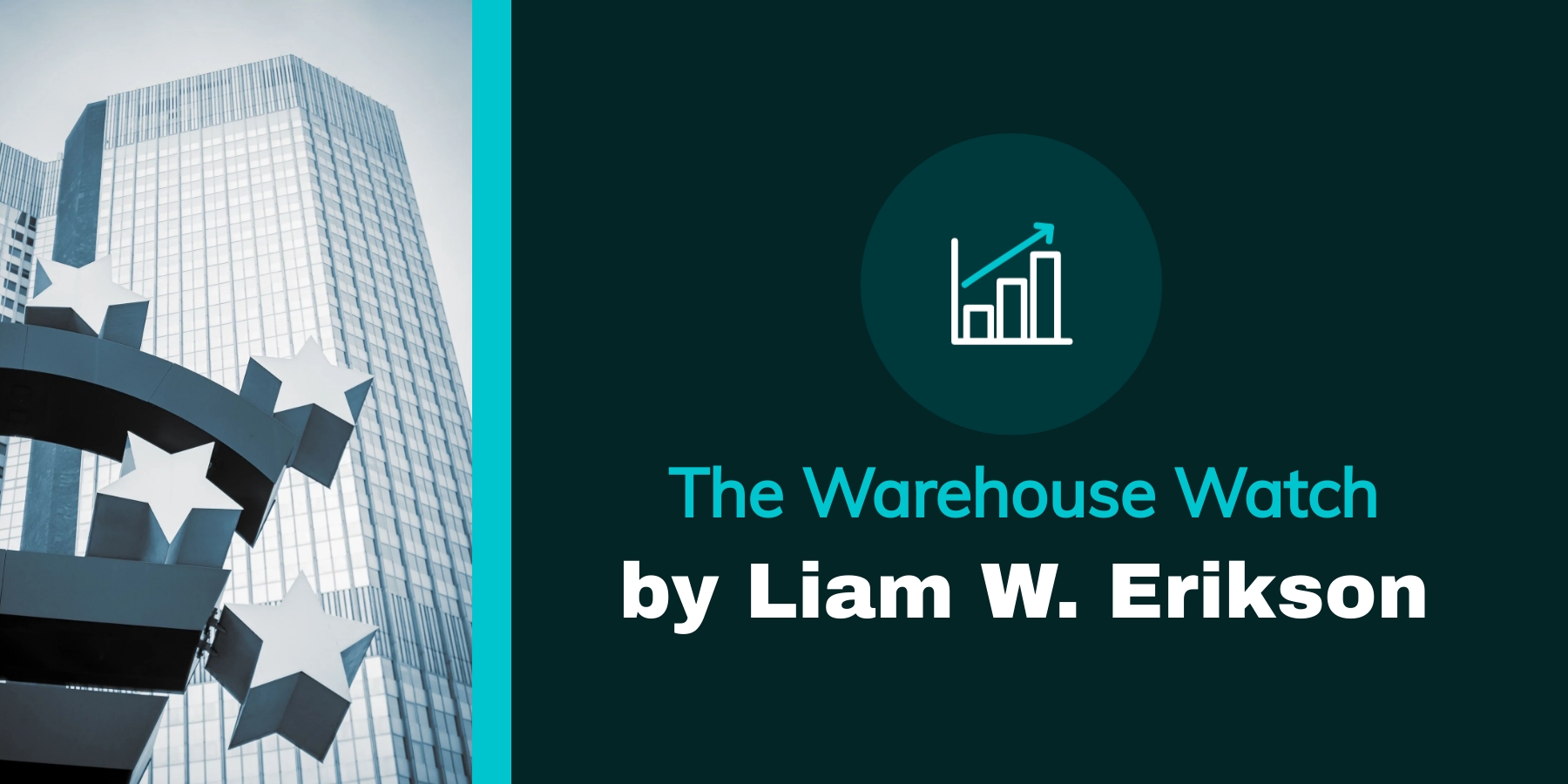In the modern world, where instant gratification has become the norm and consumer expectations are higher than ever, logistics real estate plays an essential, albeit often invisible, role in our everyday lives. Yet, despite its undeniable importance, public opinion of logistics real estate has become increasingly negative. This perception is not just misguided—it’s detrimental to the very conveniences and advancements we have come to rely upon.
Logistics real estate encompasses the warehouses, distribution centers, and fulfillment hubs that form the backbone of global commerce. These facilities ensure that goods, from groceries to gadgets, are available when and where we need them. The rapid growth of e-commerce, accelerated by the COVID-19 pandemic, has further cemented the necessity of these infrastructures. Without them, the efficient flow of products would be impossible, leading to delays, shortages, and increased costs that would ultimately be passed on to consumers.
Despite its critical role, logistics real estate often faces backlash from communities and policymakers. The reasons for this are varied, but common concerns include increased traffic, noise pollution, environmental impact, and the aesthetic intrusion of large warehouses. There’s also a sense of unease about the growing automation in these facilities, which some fear could lead to job losses and further economic disparity.
However, these concerns, while valid, often overlook the broader context and benefits provided by logistics real estate. For instance, modern warehouses are increasingly adopting green technologies, such as solar panels and energy-efficient designs, to reduce their environmental footprint. Additionally, the growth of these facilities has led to the creation of thousands of jobs, many of which offer competitive wages and benefits.
Critics often argue that logistics real estate is an eyesore, taking up valuable land that could be used for other purposes. However, this perspective fails to recognize the economic value these facilities bring to local communities. The presence of logistics hubs often attracts other businesses, leading to the development of ancillary services such as maintenance, transportation, and retail, which in turn create even more jobs and boost the local economy.
Moreover, the evolution of logistics real estate is tied directly to consumer demand. As society demands faster delivery times, the need for strategically located warehouses closer to urban centers has increased. These facilities make it possible for us to enjoy same-day or next-day deliveries—a convenience that most people are reluctant to give up, yet often take for granted.
The public’s negative perception of logistics real estate is not only irrational but counterproductive. It’s easy to complain about the downsides, but without these facilities, the modern conveniences we enjoy would be significantly diminished. Rather than vilifying logistics real estate, we should be advocating for more thoughtful, sustainable development practices that address environmental and social concerns while still recognizing the crucial role these facilities play in our daily lives.
In an age where consumer demand drives market trends, logistics real estate is not just a necessary evil—it’s an essential component of our economy and lifestyle. As such, it deserves to be understood and appreciated, not unfairly maligned. The next time we receive a package in record time, it’s worth remembering the complex logistics infrastructure that made it possible—and giving it the respect it deserves.
